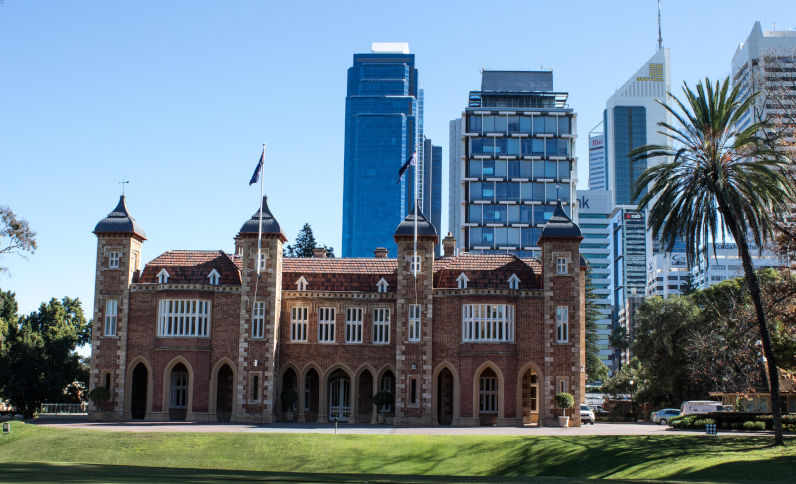The recent victory of the Labor party in Western Australia was remarkable in a number of ways.
First, it was more of a rout than a landslide. The Liberal Party had a disastrous election in 2017; 2025 was worse. The year 2021 can be considered a post-COVID anomaly, but measured against 2017 the Liberals have gone backwards.
The smallest swing to the Liberals was in Churchlands. This was the seat they selected for their “saviour”, Perth Lord Mayor, Basil Zempilas. The swing to him was only 2.2% against a state-wide average of more than 10%. It is a very weak basis for a new leadership contender to mount a challenge.
It may not come as a surprise to many that I find the internal workings of the Liberal Party hard to understand sometimes.
However, their response to another drubbing at the WA state election is baffling to say the least.
Why on earth would you choose someone who was demonstrably the worst candidate of the 59 Liberal candidates at the election to be the new leader?
This is not just my opinion. It is very clear. Of all the seats contested between the Liberals and Labor, the smallest swing was in the seat of Churchlands. The swing in this seat was a mere 2.2% from the disastrous result of 2021.
The range of swings away from the historically high ALP 2021 result ranged from a high of 26.4% to a miserably low 2.2%.
The 26.4% result may have been an outlier, but more than half of the coalition candidates achieved a swing of 12% or more. This shows up the Churchlands result as disastrously bad.
Perhaps more importantly, the election outcome shows that candidate Zempilas failed to win back the traditional Liberal voters in this affluent and previously very safe seat.
The best way to judge this issue is by a comparison with the 2017 result.
Remember, this was considered a Labor landslide at the time. However, the Liberal candidate in Churchlands managed to gain a very healthy 63.2%. This was well down on previous results, but a solid and safe win all the same. This time, Zempilas won only 50.7%.
Therefore, almost a quarter of the rusted-on Liberal voters who stayed with the Liberals in 2017 did not support the Zempilas candidature in 2025. At the end of the day, he won the seat of Churchlands, if only just. However, by any measure it was a highly unsatisfactory performance.
Given all the publicity about his potential as a future leader, he should have won handsomely.
This constitutes a failure of major proportions. Not a very sound basis on which to build future leadership.
The federal implications of the strong Labor result will obviously not be finally understood until the federal election is over.
However, history does suggest some probable consequences.
First, it can’t be a bad thing that the Labor brand is strong in WA.
Second, the results in the seats that constitute Tangney suggest the sitting member, Sam Lim, is in with a strong chance.
Third, although there were strong swings against Labor, particularly in the outer suburbs the overall results in those suburbs were still strong. This is a potential vulnerability for the Albanese Government, but the data suggests all of the held seats will be within reach if the national and local campaigns are strong enough.
Bullwinkel is the wildcard. This is a new seat and notionally Labor, based on the very strong result in Perth in 2022. The Nationals candidate, Mia Davies, must have been disappointed with their showing in this area. However, it will be difficult for Labor to hold this seat.
The strong showing of Teal candidates in Cottesloe and Fremantle certainly suggest Kate Chaney has a strong chance of retaining her seat of Curtin at the forthcoming election. While the Liberals won back Nedlands, which is the heart of the federal seat of Curtin which Chaney currently holds, they must have been disappointed with the result across the Curtin area as a whole.
Overall, the result in the 2025 state election was surprisingly stable given the previous two state elections. This suggests the potential for a status quo result at the federal election in May.
Bob McMullan was State Secretary of the Labor Party and National Secretary as well as a Senator, MP and Cabinet Minister. He is now a Visiting fellow at the Australian Studies Institute at ANU.
